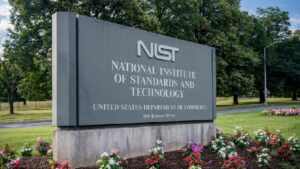Sens. Maggie Hassan, D-N.H., and John Cornyn, R-Texas, introduced a bipartisan bill today that would reauthorize the State and Local Cybersecurity Grant Program (SLCGP), a key program that helps state, local, and tribal governments prevent cyberattacks.
The House voted to pass two key cybersecurity-related pieces of legislation on Monday that would renew cybersecurity grants for state and local government until 2033 and stand up an interagency task force to address threats posed by China.
The Nevada state legislature and Gov. Joe Lombardo have approved and signed into law a bill that will stand up a statewide security operations center and grow its cyber workforce.
The funding package approved by Congress and President Donald Trump has temporarily extended a cybersecurity grant program used by state and local governments to support their cyber defense measures.
Nevada officials attributed the ransomware-based cybersecurity attack the state suffered in August to a state employee unknowingly downloading “a malware-laced system administration tool” from a fake website.
The University of Nevada, Las Vegas (UNLV) already exceeded enrollment predictions for its new online bachelor’s degree in cybersecurity, which launched in the fall semester, and expects increased demand in the spring and fall of 2026, according to the university.
For the first time in years, the United States is no longer making progress in bolstering its cyber defenses and is instead “stalling” and “slipping” in its ability to protect itself and allies, the successor organization to the U.S. Cyberspace Solarium Commission (CSC) revealed in a report published Wednesday.
Nearly a third of Mississippi state agencies do not meet cybersecurity assessment requirements, the state’s Office of the State Auditor warned in a recent report, saying the gaps leave critical operations at risk.
The government shutdown and Congress’s failure to reauthorize the Cybersecurity Information Sharing Act of 2015 (CISA 15) have put cyber defenses at risk, cybersecurity experts are warning, saying the pressure is now on state and local governments and industry members.
The National Institute of Standards and Technology (NIST) is awarding over $3.3 million in cooperative agreements to educational and community organizations to build the nation’s dwindling cyber workforce.










